
MensurationQuestion and Answers: Page 9
Question Number 157724 Answers: 1 Comments: 2
Question Number 156710 Answers: 1 Comments: 4

Question Number 156671 Answers: 2 Comments: 0
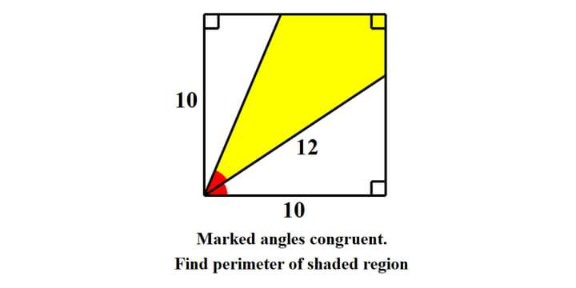
Question Number 156509 Answers: 1 Comments: 5

Question Number 156508 Answers: 1 Comments: 0
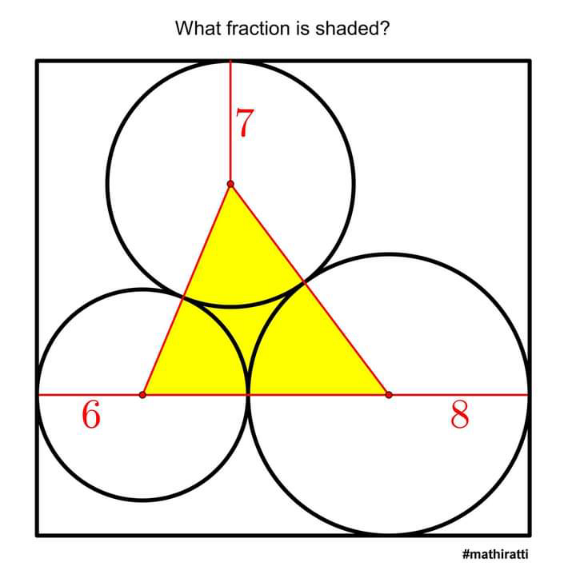
Question Number 156335 Answers: 1 Comments: 1
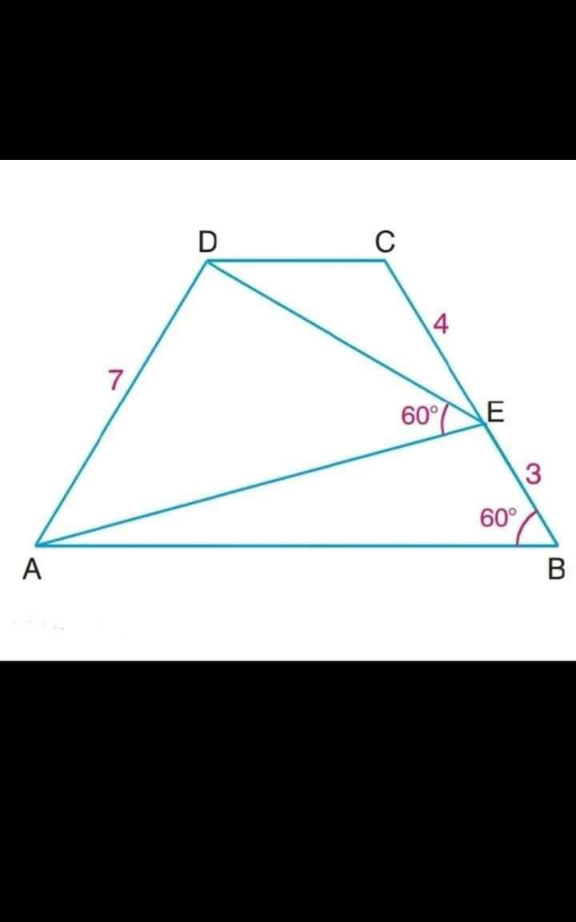
Question Number 156316 Answers: 3 Comments: 1
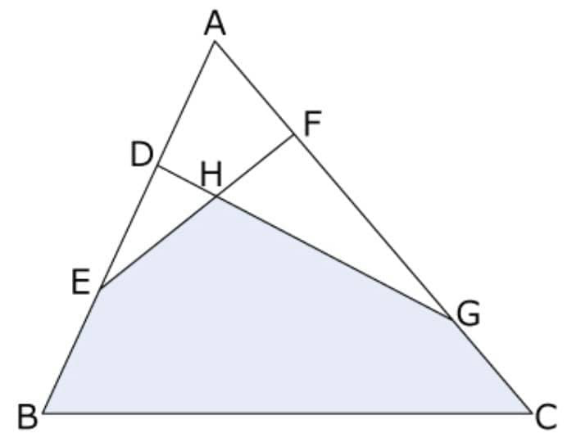
Question Number 155927 Answers: 0 Comments: 1
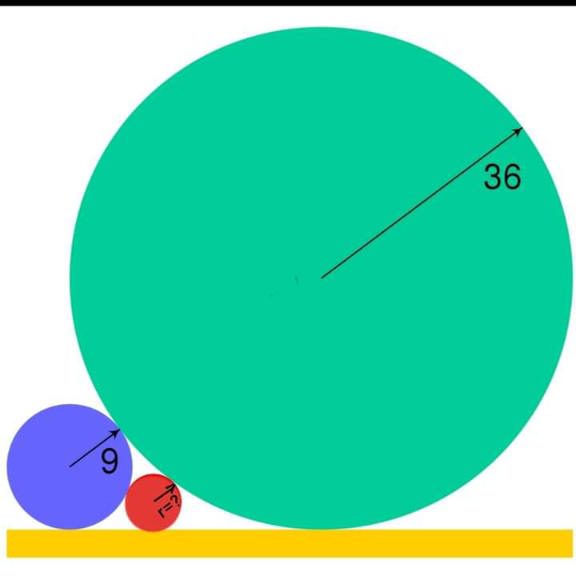
Question Number 156184 Answers: 2 Comments: 1
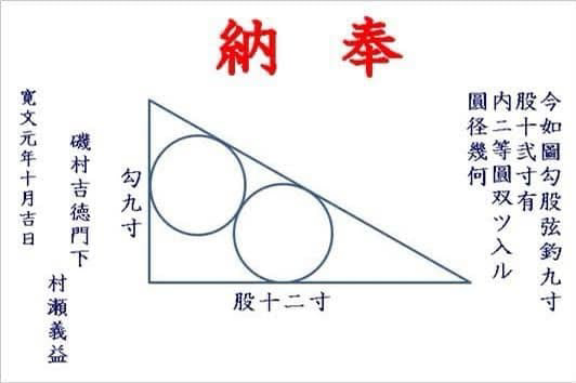
Question Number 155692 Answers: 1 Comments: 5
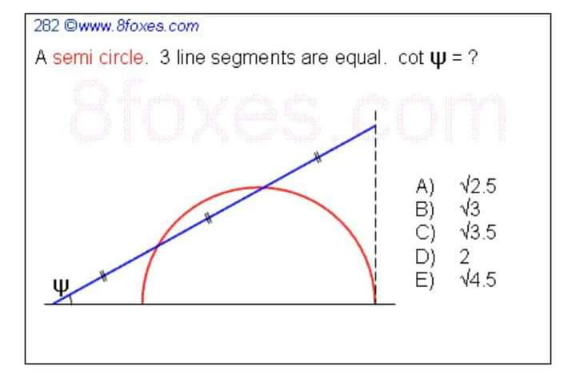
Question Number 155625 Answers: 2 Comments: 0
Question Number 155574 Answers: 1 Comments: 0
Question Number 154353 Answers: 1 Comments: 4
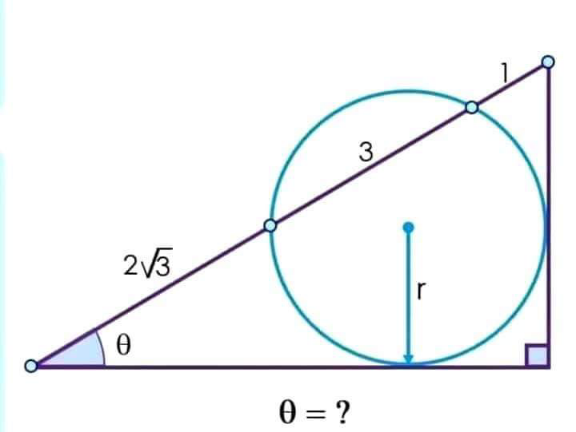
Question Number 154330 Answers: 1 Comments: 0
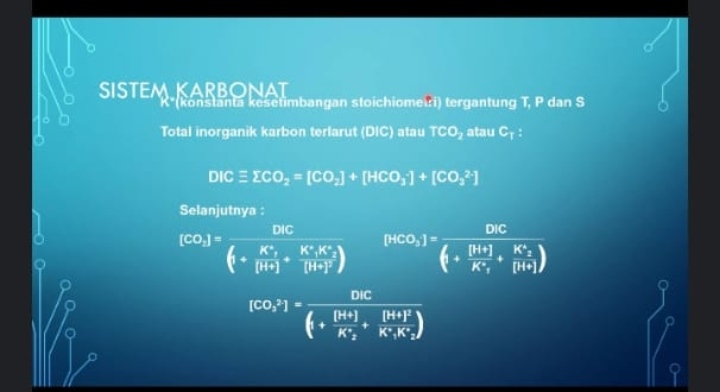
Question Number 154321 Answers: 2 Comments: 0
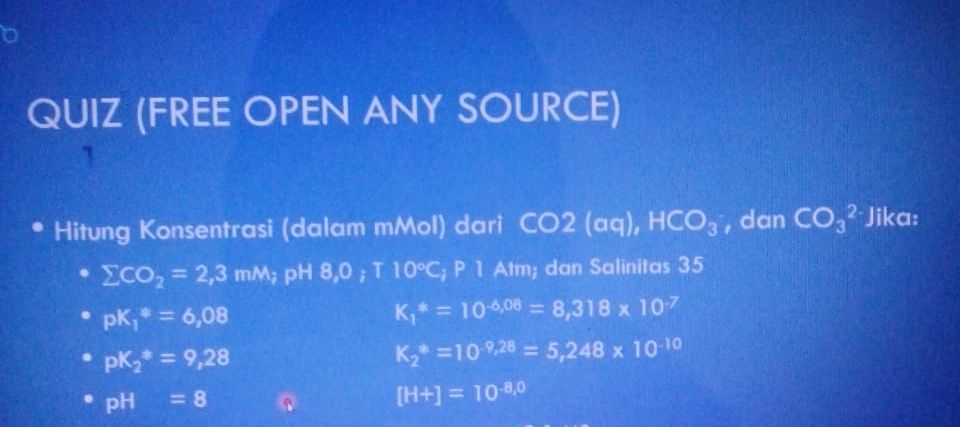
Question Number 154172 Answers: 0 Comments: 1
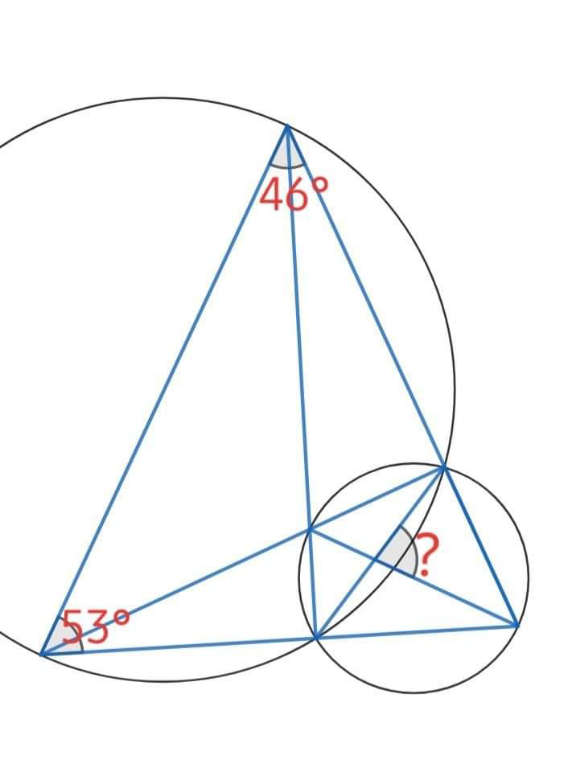
Question Number 153580 Answers: 1 Comments: 0
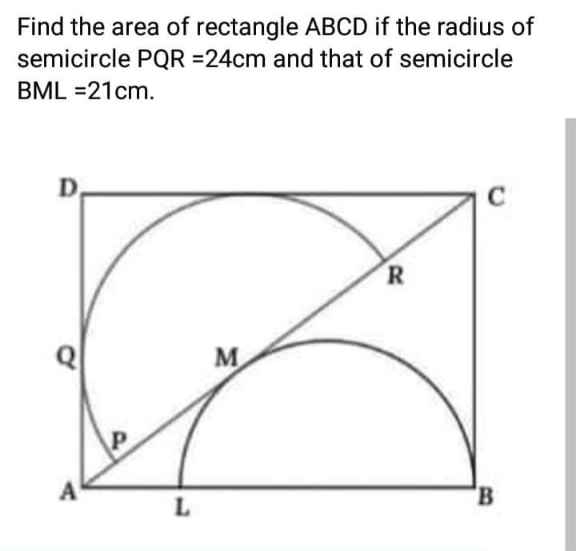
Question Number 153108 Answers: 1 Comments: 0
Question Number 152985 Answers: 0 Comments: 2
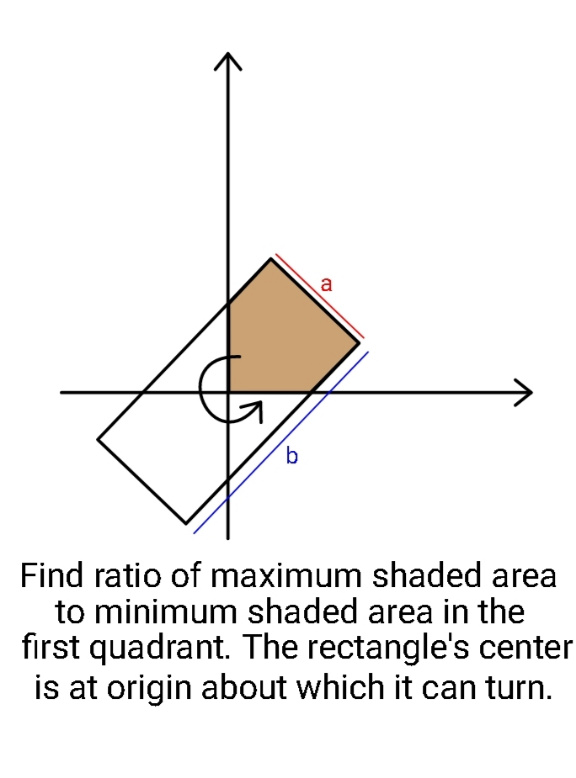
Question Number 152829 Answers: 2 Comments: 0
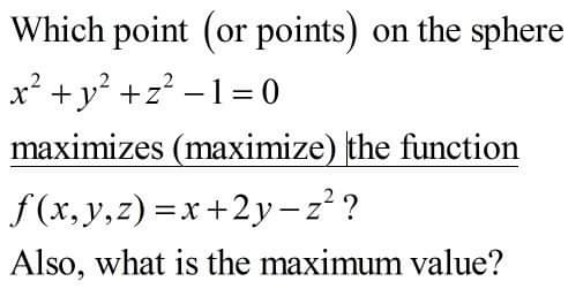
Question Number 151934 Answers: 1 Comments: 0

Question Number 151893 Answers: 1 Comments: 0
Question Number 151561 Answers: 1 Comments: 0
Question Number 151496 Answers: 1 Comments: 0
Question Number 151444 Answers: 2 Comments: 0
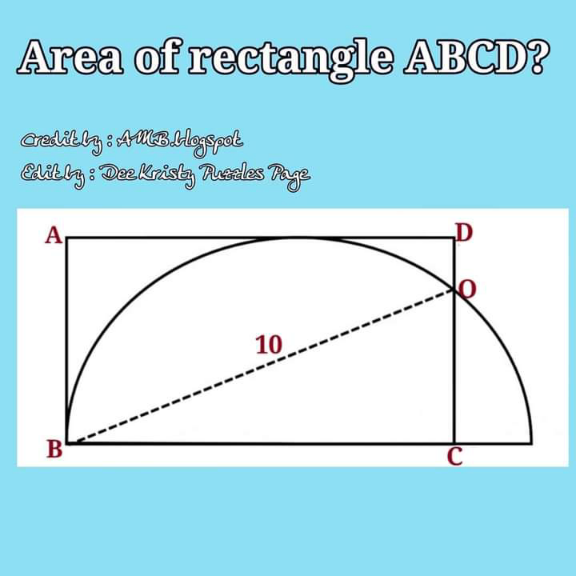
Question Number 151036 Answers: 0 Comments: 0
